Type of magnetic materials
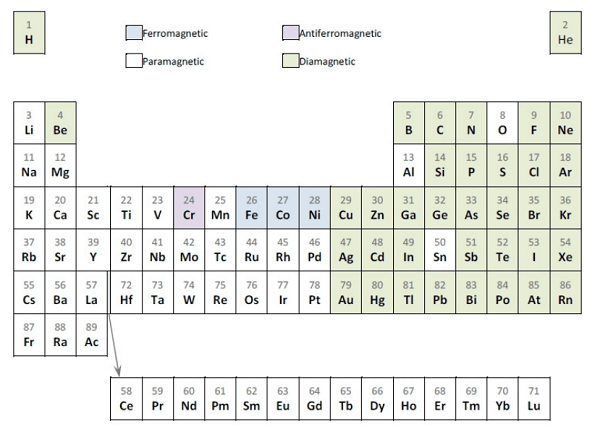
All types of materials and substances posses some kind of magnetic properties which are listed further down in this article. But normally the word “magnetic materials” is used only for ferromagnetic materials ( description below), however, materials can be classified into following categories based on the magnetic properties shown by them. The two most common types of magnetism are diamagnetism and paramagnetism, which account for most of the periodic table of elements at room temperature. These elements are usually referred to as non-magnetic, whereas those which are referred to as magnetic are actually classified as ferromagnetic. The only other type of magnetism observed in pure elements at room temperature is antiferromagnetism. Finally, magnetic materials can also be classified as ferrimagnetic although this is not observed in any pure element but can only be found in compounds, such as the mixed oxides, known as ferrites, from which ferrimagnetism derives its name. The value of magnetic susceptible falls into a particular range for each type of material.
1、Paramagnetic materials
The materials which are not strongly attracted to a magnet are known as paramagnetic material. For example: aluminium, tin magnesium etc. Their relative permeability is small but positive. For example: the permeability of aluminium is: 1.00000065. Such materials are magnetized only when placed on a super strong magnetic field and act in the direction of the magnetic field.
Paramagnetic materials have individual atomic dipoles oriented in a random fashion as shown below:
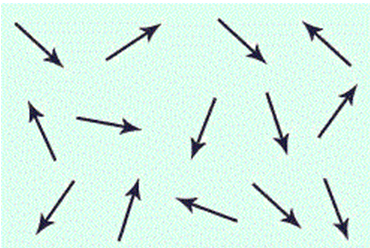
The resultant magnetic force is therefore zero. When a strong external magnetic field is applied , the permanent magnetic dipoles orient them self parallel to the applied magnetic field and give rise to a positive magnetization. Since, the orientation of the dipoles parallel to the applied magnetic field is not complete , the magnetization is very small.
2、Diamagnetic materials
The materials which are repelled by a magnet such as zinc. mercury, lead, sulfur, copper, silver, bismuth, wood etc., are known as diamagnetic materials. Their permeability is slightly less than one. For example the relative permeability of bismuth is 0.00083, copper is 0.000005 and wood is 0.9999995. They are slightly magnetized when placed in a very string magnetic field and act in the direction opposite to that of applied magnetic field.
In diamagnetic materials , the two relatively weak magnetic fields caused due to the orbital revolution and and axial rotation of electrons around nucleus are in opposite directions and cancel each other. Permanent magnetic dipoles are absent in them, Diamagnetic materials have very little to no applications in electrical engineering.
In a diamagnetic material the atoms have no net magnetic moment when there is no applied field. Under the influence of an applied field (H) the spinning electrons precess and this motion, which is a type of electric current, produces a magnetisation (M) in the opposite direction to that of the applied field. All materials have a diamagnetic effect, however, it is often the case that the diamagnetic effect is masked by the larger paramagnetic or ferromagnetic term. The value of susceptibility is independent of temperature.
3、Ferromagnetic materials
The materials which are strongly attracted by a magnetic field or magnet is known as ferromagnetic material for eg: iron, steel , nickel, cobalt etc. The permeability off these materials is very very high ( ranging up to several hundred or thousand).
The opposite magnetic effects of electron orbital motion and electron spin do not eliminate each other in an atom of such a material. There is a relatively large contribution from each atom which aids in the establishment of an internal magnetic field, so that when the material is placed in a magnetic field, it’s value is increased many times thee value that was present in the free space before the material was placed there.
For the purpose of electrical engineering it will suffice to classify the materials as simply ferromagnetic and and non-ferromagnetic materials. The latter includes material of relative permeability practically equal to unity while the former have relative permeability many times greater than unity. Paramagnetic and diamagnetic material falls in the non-ferromagnetic materials.
3.1 Soft Ferromagnetic materials
They have high relative permeability, low coercive force, easily magnetized and demagnetized and have extremely small hysteresis. Soft ferromagnetic materials are iron and it’s various alloys with materials like nickel, cobalt, tungsten and aluminium . ease of magnetization and demagnetization makes them highly suitable for applications involving changing magnetic flux as in electromagnets, electric motors, generators, transformers, inductors, telephone receivers, relays etc. They are also useful for magnetic screening. Their properties may be greatly enhanced through careful manufacturing and and by heating and slow annealing so as to achieve a high degree of crystal purity. Large magnetic moment at room temperate makes soft ferromagnetic materials extremely useful for magnetic circuits but ferromagnetics are very good conductors and suffer energy loss from eddy current produced within them. There is additional energy loss due to the fact that magnetization does not proceed smoothly but in minute jumps. This loss is called magnetic residual loss and it depends purely on the frequency of the changing flux density and not on it’s magnitude.
3.2 Hard Ferromagnetic materials
They have relatively low permeability, and very high coercive force. These are difficult o magnetize and demagnetize. Typical hard ferromagnetic materials include cobalt steel and various ferromagnetic alloys of cobalt, aluminium and nickel. They retain high percentage of their magnetization and have relatively high hysteresis loss. They are highly suited for use as permanent magnet as speakers, measuring instruments etc.
4、Ferrites
Ferrites are a special group of ferromagnetic materials that occupy an intermediate position between ferromagnetic and non-ferromagnetic materials. They consist of extremely fine particles of a ferromagnetic material possessing high permeability , and are held together with a binding resin. The magnetization produced in ferrites is large enough to be of commercial value but their magnetic saturation are not as high as those of ferromagnetic materials. As in the case of ferro magnetics, ferrites may be soft or hard ferrites.
4.1 Soft Ferrites
Ceramic magnets also called ferromagnetic ceramics, are made of an iron oxide, Fe2O3, with one or more divalent oxide such as NiO , MnO or ZnO. These magnets have a square hysteresis loop and high resistance and demagnetization are valued for magnets for computing machines where a high resistance is desired. The great advantage of ferrites is their high resistivity. Commercial magnets have resistivity as high as 10^9 ohm-cm. Eddy currents resulting from an alternating fields are therefore, reduced to minimum, and the range of application of these magnetic materials is extended to high frequencies , even to microwaves . Ferrites are carefully made by mixing powdered oxides, compacting and sintering at high temperature. High-frequency transformers in televisions and frequency modulated receivers are almost always made with ferrite cores.
4.2 Hard Ferrites
These are ceramic permanent magnetic materials. The most important family of hard ferrites has the basic composition of MO.Fe2O3 where M is barium(Ba) ion or strontium (Sr) ion. These materials have a hexagonal structure and low in cost and density. Hard ferrites are used in generators, relays and motors. Electronic applications include magnets for loud speakers, telephone ringers and receivers. They are also used in holding devices for door closer, seals, latches and in several toy designs.
Original Source: https://electronicspani.com/types-of-magnetic-materials/
NBAEM, is the professional magnetic materials supplier from China. We have exported bespoke magnetic materials for more than ten years. We provide quality products and high-standard service. If you are looking for any magnetic materials sourcing or if you have any questions during importing the magnetic products from China, you can contact us directly.


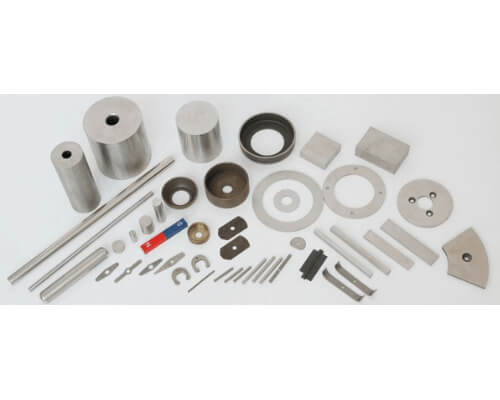

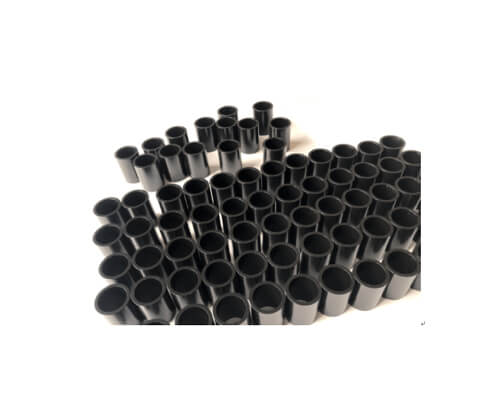
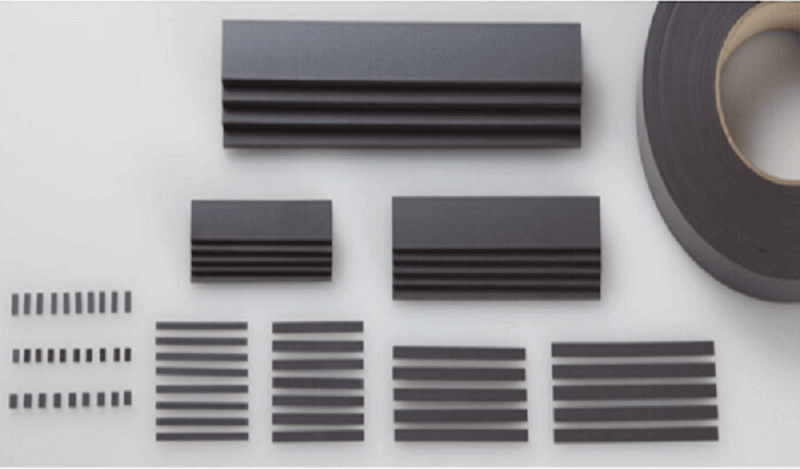
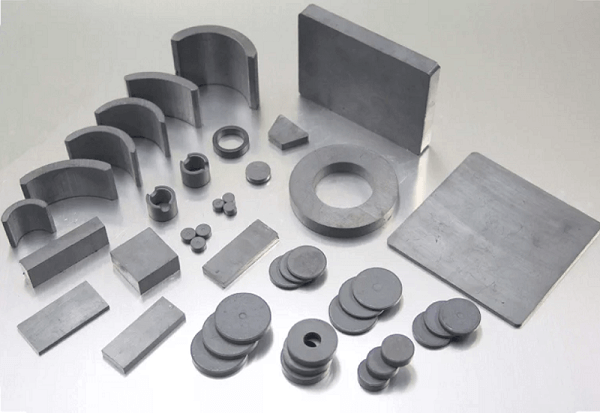
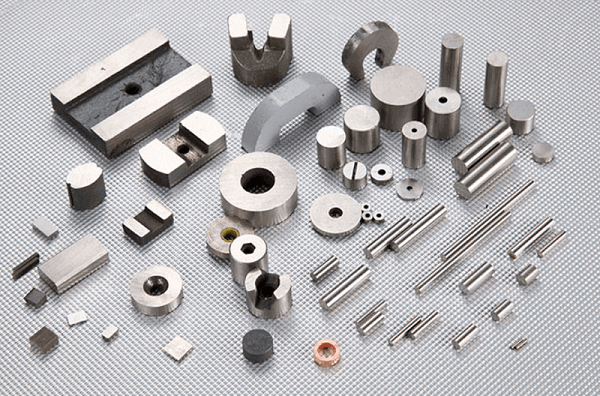

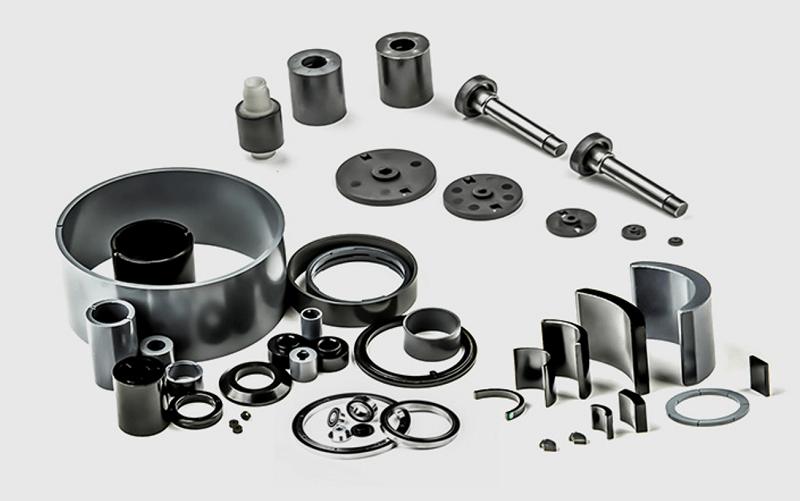

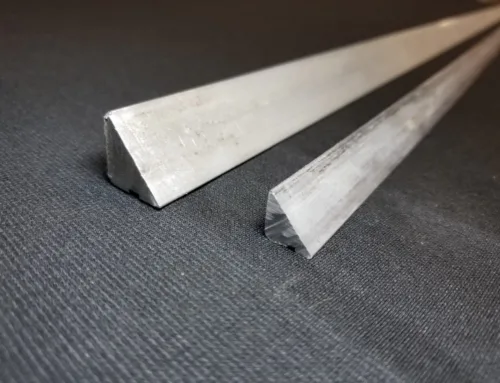
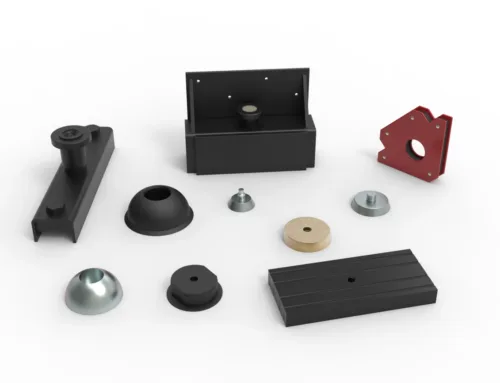
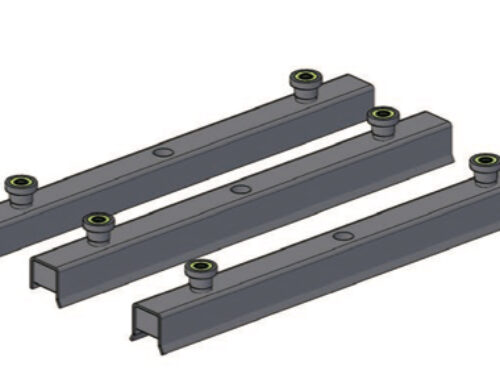
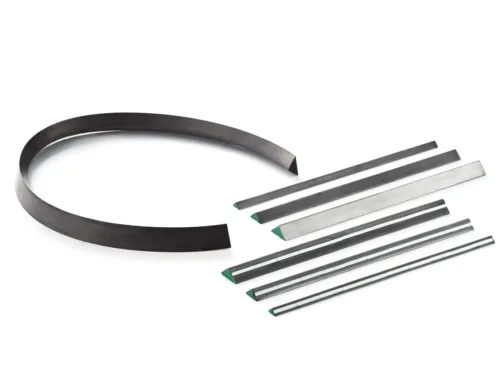
[…] A typical magnetic compass has a magnetized needle or card, a pivot or jeweled bearing for smooth movement, a housing for protection, and in some cases, damping fluid. The choice of magnetic materials—such as certain ferromagnetic alloys—directly affects accuracy and lifespan. For more on different magnetic materials and their properties, see type of magnetic materials. […]
[…] more about the different types of magnetic materials here and how understanding their properties can support greener production […]
[…] By leveraging these magnetic properties, security systems achieve robust protection while minimizing complexity and energy use. For further technical details on magnetic materials, visit NBAEM’s page on types of magnetic materials. […]
[…] For more details on how magnet types affect performance, you might find NBAEM’s insights on types of magnetic materials useful. […]